Full Self-Driving (Beta)
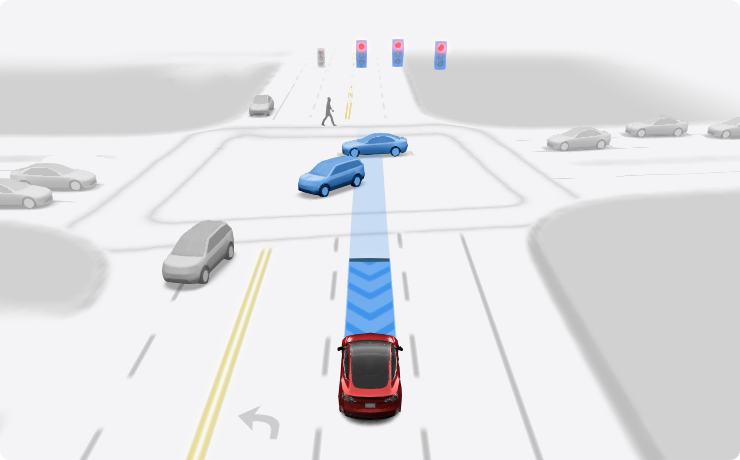
You can enable Full Self-Driving (Beta) by tapping 'Control' > 'Autopilot' > 'Full Self-Driving (Beta)' and following the instructions.
Full Self-Driving is in early limited access Beta and must be used with additional caution. It may do the wrong thing at the worst time, so you must always keep your hands on the wheel and pay extra attention to the road. Do not become complacent. When Full Self-Driving is enabled your vehicle will make lane changes off highway, select forks to follow your navigation route, navigate around other vehicles and objects, and make left and right turns. Use Full Self-Driving in limited Beta only if you will pay constant attention to the road, and be prepared to act immediately, especially around blind corners, crossing intersections, and in narrow driving situations.
Your vehicle is running on Tesla Vision! Note that Tesla Vision also includes some temporary limitations, follow distance is limited to 2-7 and Autopilot top speed is 85 mph.
FSD Beta v11.3.6

- Enabled FSD Beta on highway. This unifies the vision and planning stack on and off-highway and replaces the legacy highway stack, which is over four years old. The legacy highway stack still relies on several single-camera and single-frame networks, and was setup to handle simple lane-specific maneuvers. FSD Beta's multi-camera video networks and next-gen planner, that allows for more complex agent interactions with less reliance on lanes, make way for adding more intelligent behaviors, smoother control and better decision making.
- Improved recall for close-by cut-in cases by 15%, particularly for large trucks and high-yaw rate scenarios, through an additional 30k auto-labeled clips mined from the fleet. Additionally, expanded and tuned dedicated speed control for cut-in objects.
- Improved the position of ego in wide lanes, by biasing in the direction of the upcoming turn to allow other cars to maneuver around ego.
- Improved handling during scenarios with high curvature or large trucks by offsetting in lane to maintain safe distances to other vehicles on the road and increase comfort.
- Improved behavior for path blockage lane changes in dense traffic. Ego will now maintain more headway in blocked lanes to hedge for possible cans in dense traffic.
- Improved lane changes in dense traffic scenarios by allowing higher acceleration during the alignment phase, This results in more natural gap selection to overtake adjacent lane vehicles very close to ego
- Made turns smoother by improving the detection consistency between lanes, lines and road edge predictions. This was accomplished by integrating the latest version of the lane-guidance module into the road edge and lines network.
- Improved accuracy for detecting other vehicles' moving semantics. Improved precision by 23% for cases where other vehicles transition to driving and reduced error by 12% for cases where Autopilot incorrectly detects its lead vehicle as parked. These were achieved by increasing video context in the network, adding more data of these scenarios, and increasing the loss penalty for control-relevant vehicles,
- Extended maximum trajectory optimization horizon, resulting in smoother control for high curvature roads and far away vehicles when driving at highway speeds.
- Improved driving behavior next to row of parked cars in narrow lanes, preferring to offset and staying within lane instead of unnecessarily lane changing away or slowing down.
- Improved back-to-back lane change maneuvers through better fusion between vision-based localization and coarse map lane counts.
- Added text blurbs in the user interface to communicate upcoming maneuvers that FSD Beta plans to make. Also improved the visualization of upcoming slowdowns along the vehicle's path. Chevrons render at varying opacity and speed to indicate the slowdown intensity, and a solid line appears at locations where the car will come to a stop.
- Improved the recall and precision of object detection, notably reducing the position error of semi-trucks by 10%, increasing the recall and precision of crossing vehicles over 100m away by 3% and 7%, respectively, and increasing the recall of motorbikes by 5%. This was accomplished by implementing additional quality checks in our two million video clip autolabeled dataset.
- Reduced false offsetting around objects in wide lanes and near intersections by improving object kinematics modeling in low speed scenarios.
- Adjusted position of Automatic Blind Spot Camera when FSD Beta is active to prioritize the Autopilot visualization. Drag the camera to save custom positions.
Full Self-Driving (Beta) Suspension
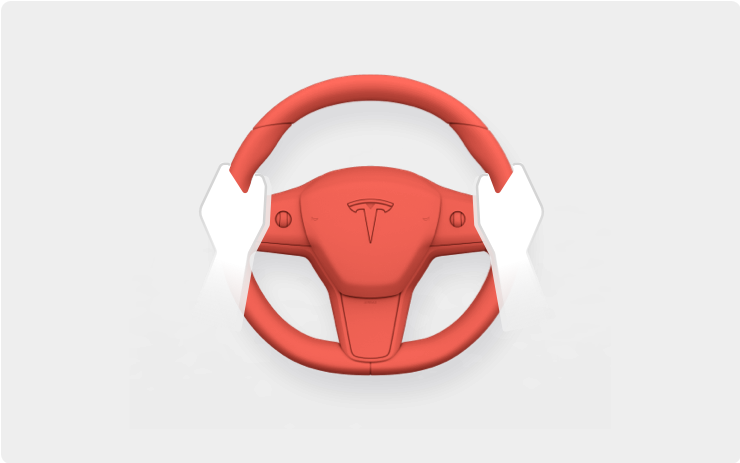
For maximum safety and accountability, use of Full Self-Driving (Beta) will be suspended if improper usage is detected. Improper usage is when you, or another driver of your vehicle, receive five 'Forced Autopilot Disengagements'. A disengagement is when the Autopilot system disengages for the remainder of a trip after the driver receives several audio and visual warnings for inattentiveness. Driver-initiated disengagements do not count as improper usage and are expected from the driver. Keep your hands on the wheel and remain attentive at all times. Use of any hand-held devices while using Autopilot is not allowed.
The FSD Beta feature can only be removed per this suspension method and it will be unavailable for approximately two weeks.
Tire Service
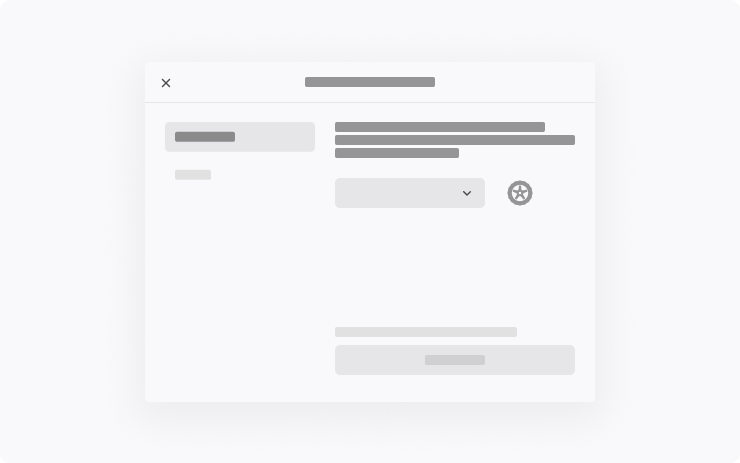
Go to Controls > Service to see how many miles it's been since your last tire service.
When you get your tires rotated, replaced, or swapped, tap 'Reset'.
You can also go to Controls > Service > Wheel and Tire > Tire to input your tire configuration. This tells your car to reset the learned tire settings to improve your driving experience.
Tire Service Mileage

Go to Controls > Service to see how many miles it's been since your last tire service.
When you get your tires rotated, replaced, or swapped, tap 'Reset' to reset the counter.
Text Size

Large text size feature is now available in all supported languages.
To update your settings, go to Controls > Display > Text Size.
Pinyin Keyboard
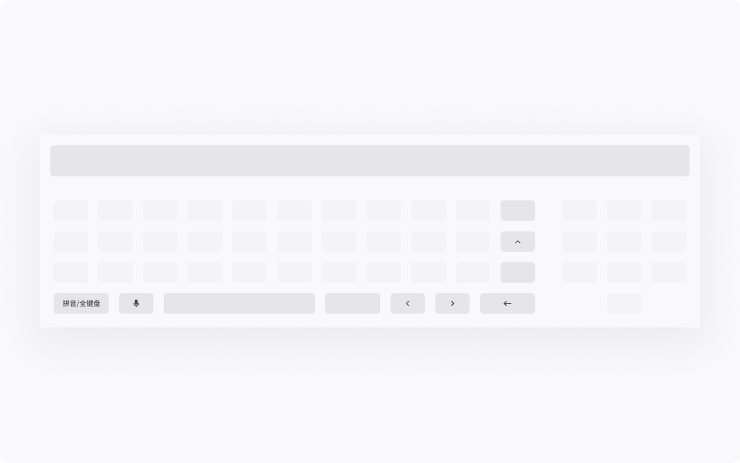
The Pinyin keyboard now features an expanded dictionary and other improvements.
Type abbreviated or full input, then select an option from the candidate window. Your most commonly used candidates are shown first, and after you select one, the window shows suggestions based on your choice.
Windshield Wiper Control
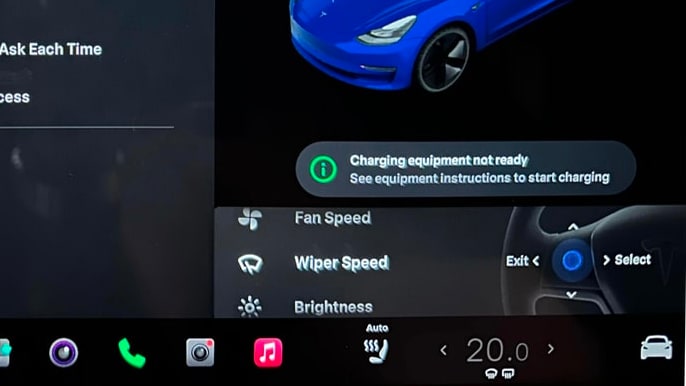
Windshield wiper controls have now been added to the list of options that you can control in Scroll Wheel Function.
The steering wheel customization feature lets you control a variety of vehicle settings directly from the steering wheel. You simply long press the left scroll wheel and you can scroll through various settings and options such as HVAC fan speed, rear camera and more.
You can customize the list of options shown, or add the windshield wiper functionality to the list by navigating to Controls > Display > Scroll Wheel Function.
Phone Key
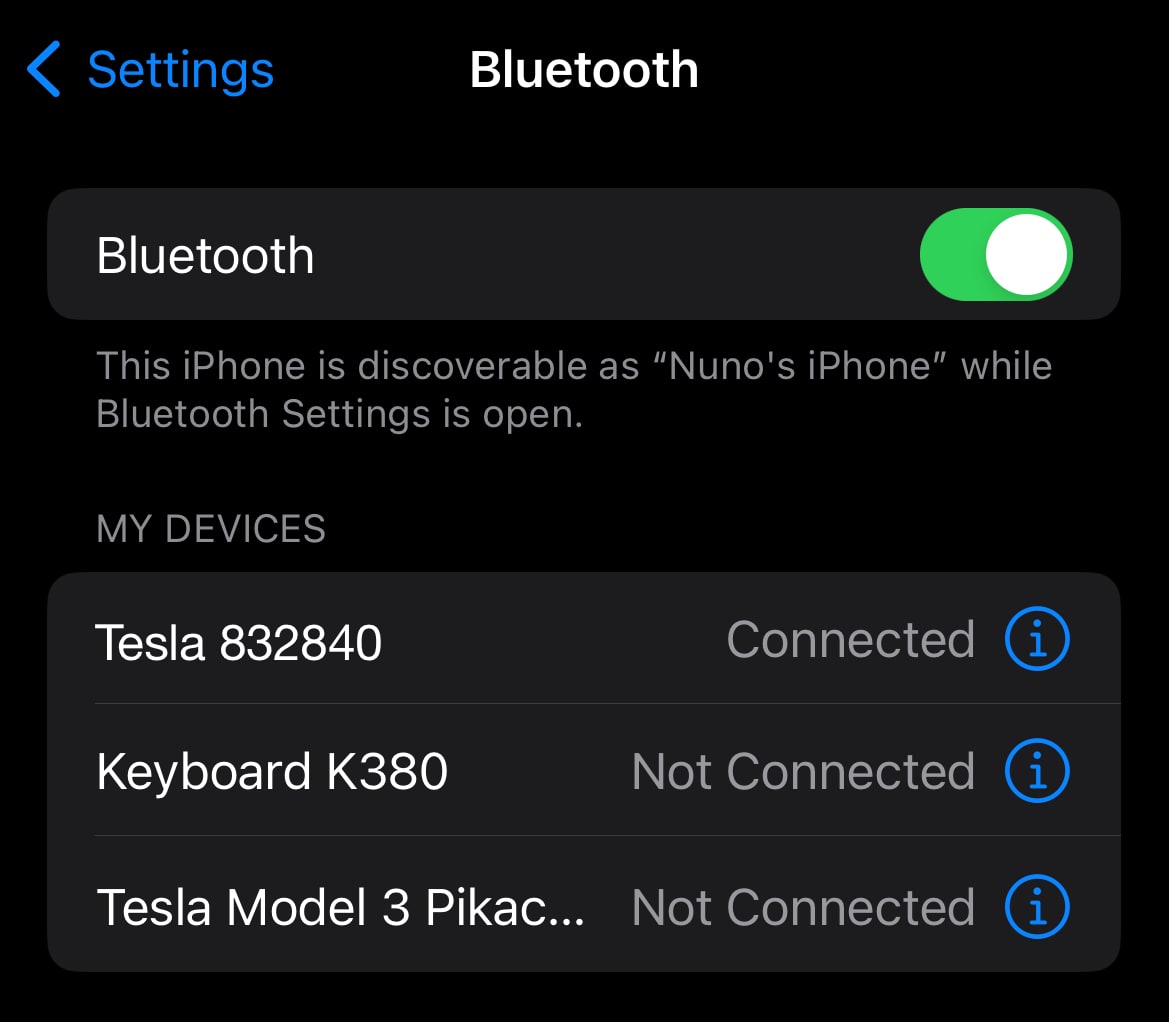
If you use your phone as a key for your Tesla, the device name that shows up in Bluetooth settings now has a more intuitive name.
The device name used to be a string of 18 characters without the word Tesla anywhere in the name, leaving some users wondering what the mystery may be.
As of this update, the vehicle key will now be displayed as "Tesla" followed by the last six characters of the vehicle's VIN.
New Data Sharing Policy
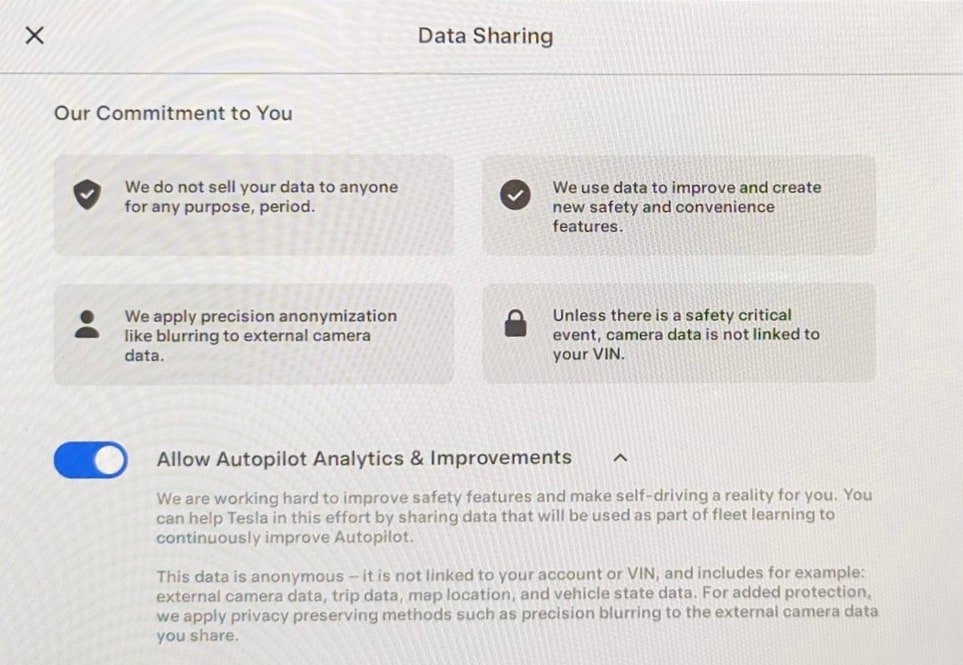
In some regions, Tesla is now displaying an updated Data Sharing policy. The new policy allows you to enable or disable several additional options for data sharing. Enabling some or all of these options allows Tesla to collect additional data from your vehicle to improve Autopilot and other features.
Tesla makes it clear that they do not sell your data, that the data is anonymized, and that it's only used to improve their products. The one exception that Tesla mentions is if there is a 'safety critical' event, which may cause camera data to be linked to your vehicle.
You can allow Tesla to collect data for Autopilot, additional start and end drive data, which includes Summon and Park Assist, data when your vehicle is parked, and cabin camera analytics.
Navigation Improvements
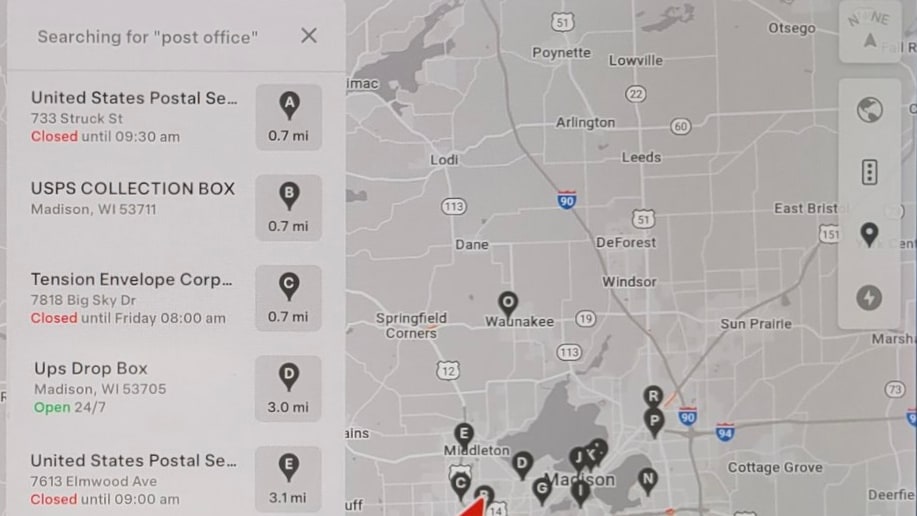
When searching for a destination in the vehicle's navigation system, the search results will now display which destinations are open and which are closed.
Set PIN to Drive
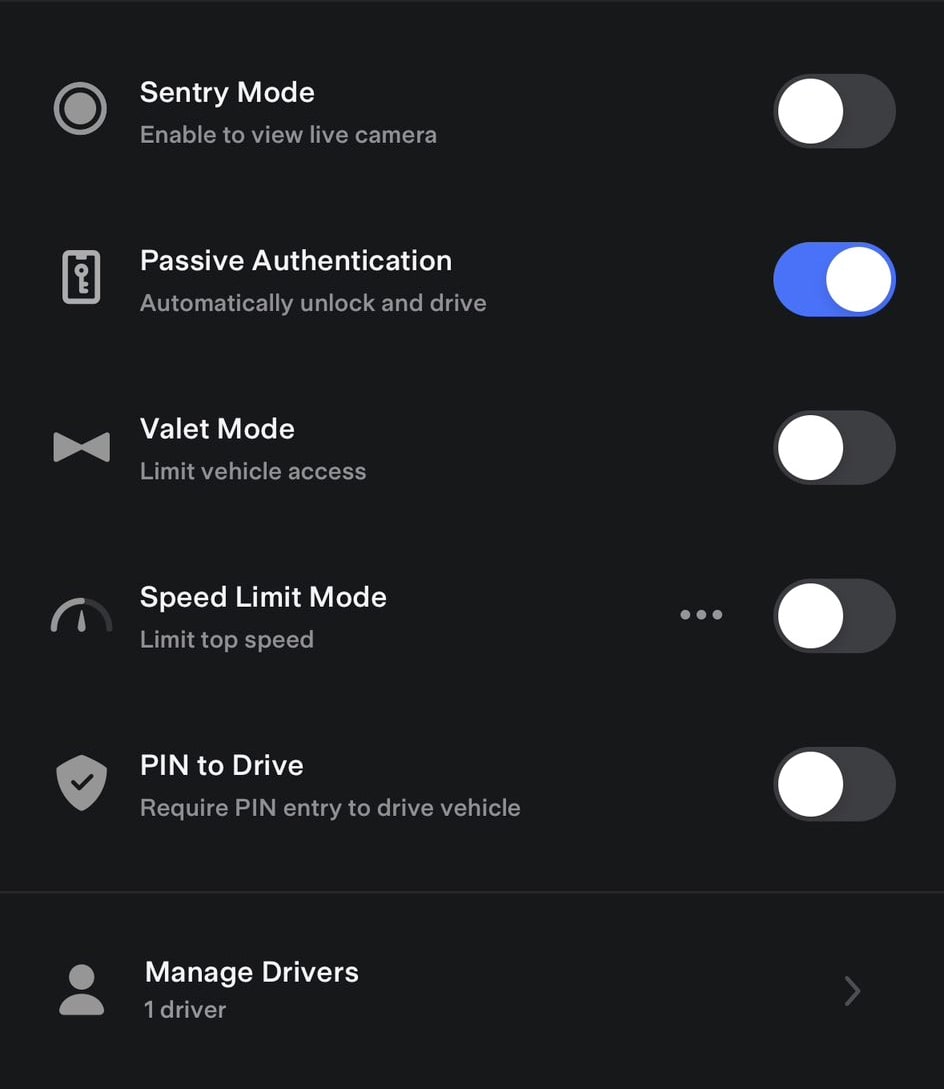
You can now enable the 'PIN to Drive' feature directly from the Tesla app. Simply navigate to Security & Drivers, toggle it on and set your PIN.
Having the ability to enable PIN to Drive in the app is useful for owners who may normally not use it, but may want to remotely enable the feature if they lose their key fob or phone.
This feature requires app update 4.21.5 or higher.
View All Cameras
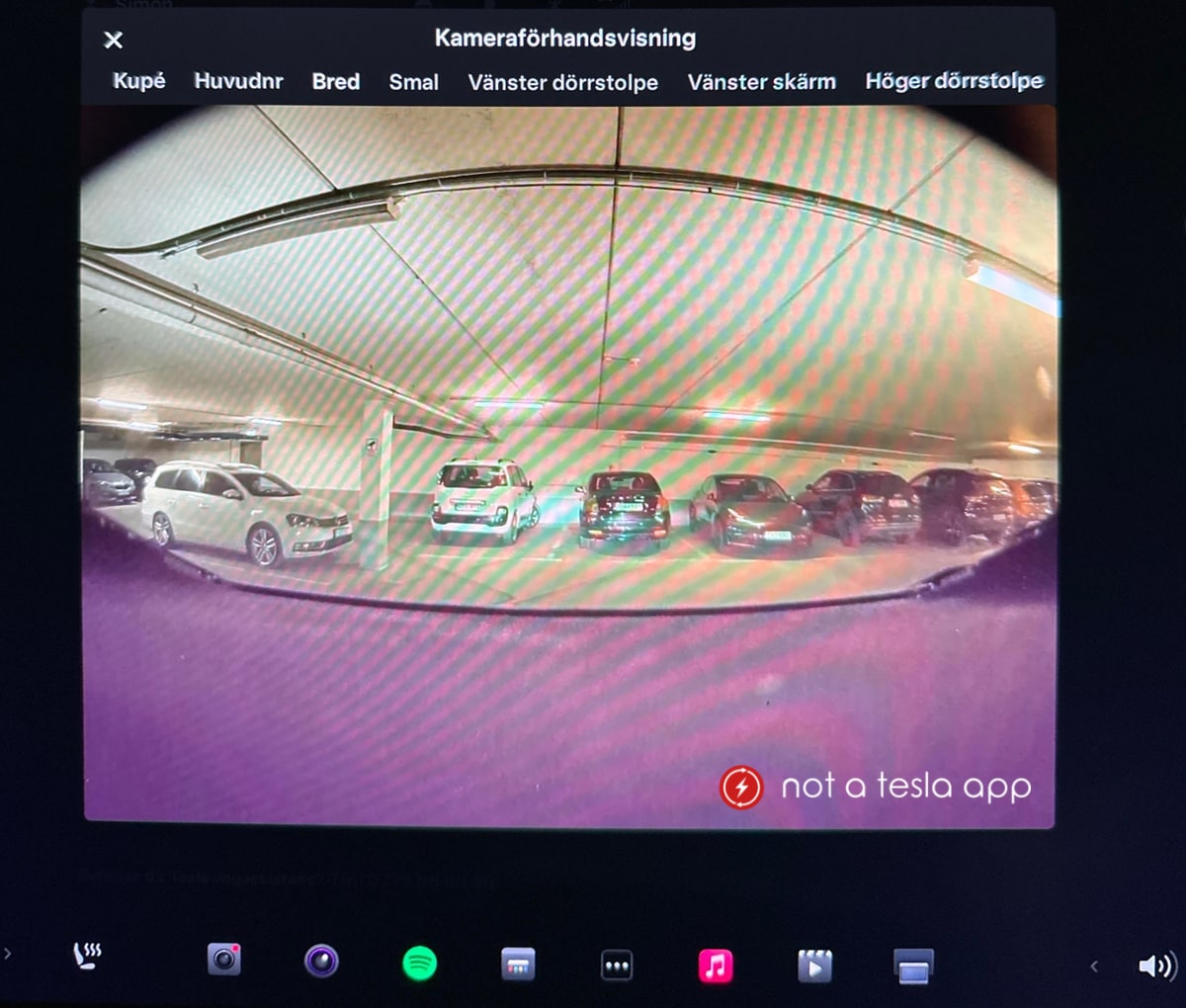
You can now preview more than just the cabin camera in your Tesla. By navigating to Controls > Service, you can now preview all nine (eight on hardware 4.0) of Tesla's cameras. This includes being able to view all the front-facing cameras and B-pillar cameras for the first time.
You can change cameras by tapping the name of the camera at the top of the live video.
Note: These camera views are only here to give customers a better understanding of what their vehicle can see and to confirm that the cameras are working correctly. There is no additional functionality gained from this feature, at this time.
Current Trip Odometer
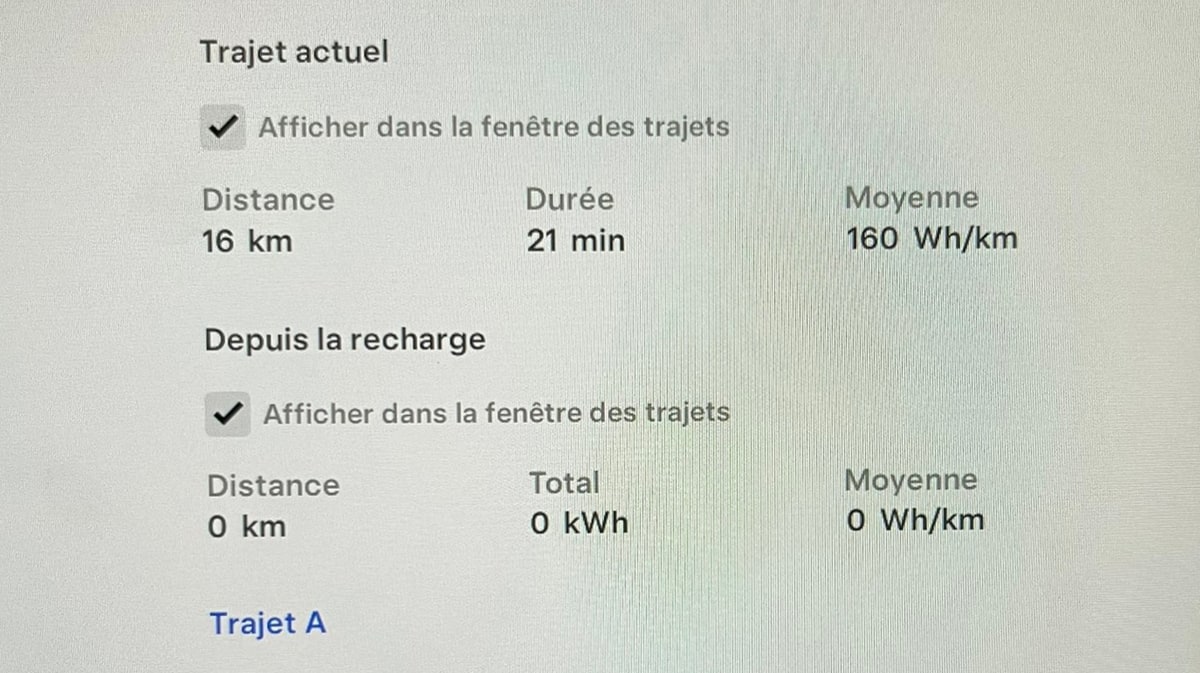
The 'Current Trip' odometer metrics have been updated with this update. Instead of displaying kWh, the Current Trip odometer will now display the number of minutes elapsed since the vehicle was put into drive.
The other odometers, such as 'Since Last Charge', 'Trip A' and 'Trip B' still display kWh.
Passenger Climate Temperature
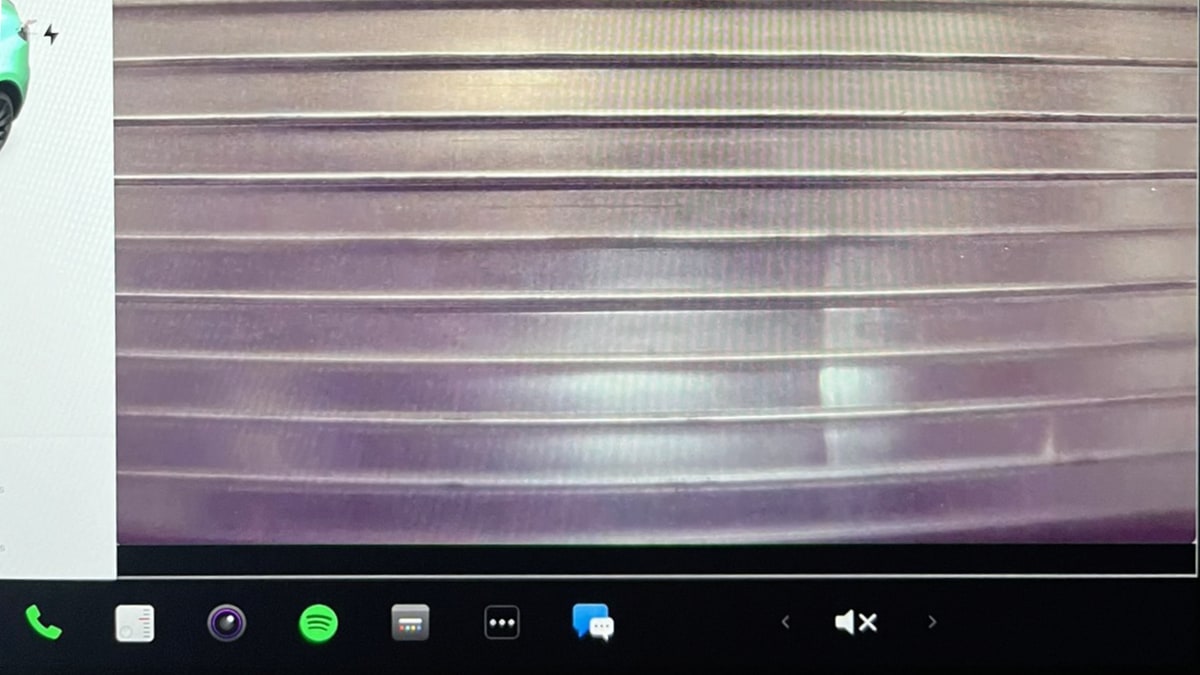
The app launcher at the bottom of the screen will now only display the driver's climate setting if there is no one sitting in the passenger seat.
If someone sits in the passenger seat, the passenger temperature setting will automatically appear.








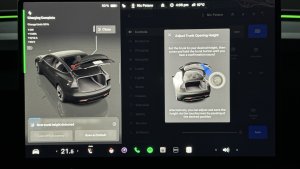
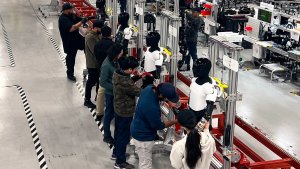
![Tesla's 2025 Q1 Earnings Call: How to Listen [Listen to Replay]](https://www.notateslaapp.com/img/containers/article_images/multiple-models/group_81.jpg/b2695a53b51e4c7927802deba2534b09/group_81.jpg)

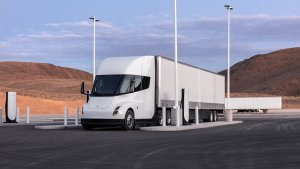
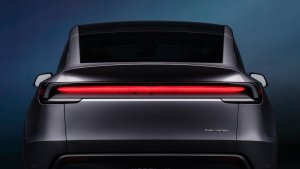
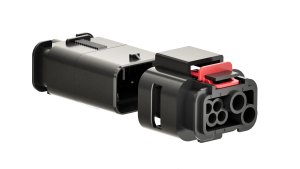
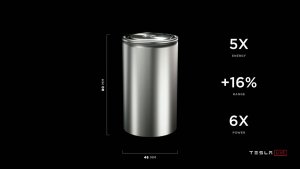
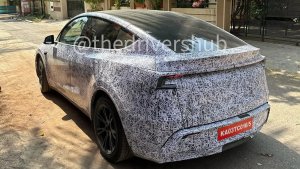
![Tesla’s Hollywood Diner: In-Car Controls & Theater Screens Turned On [VIDEO]](https://www.notateslaapp.com/img/containers/article_images/2025/tesla-diner.webp/3aaa2ea0edf2eaa0fabe1217530f3476/tesla-diner.jpg)











